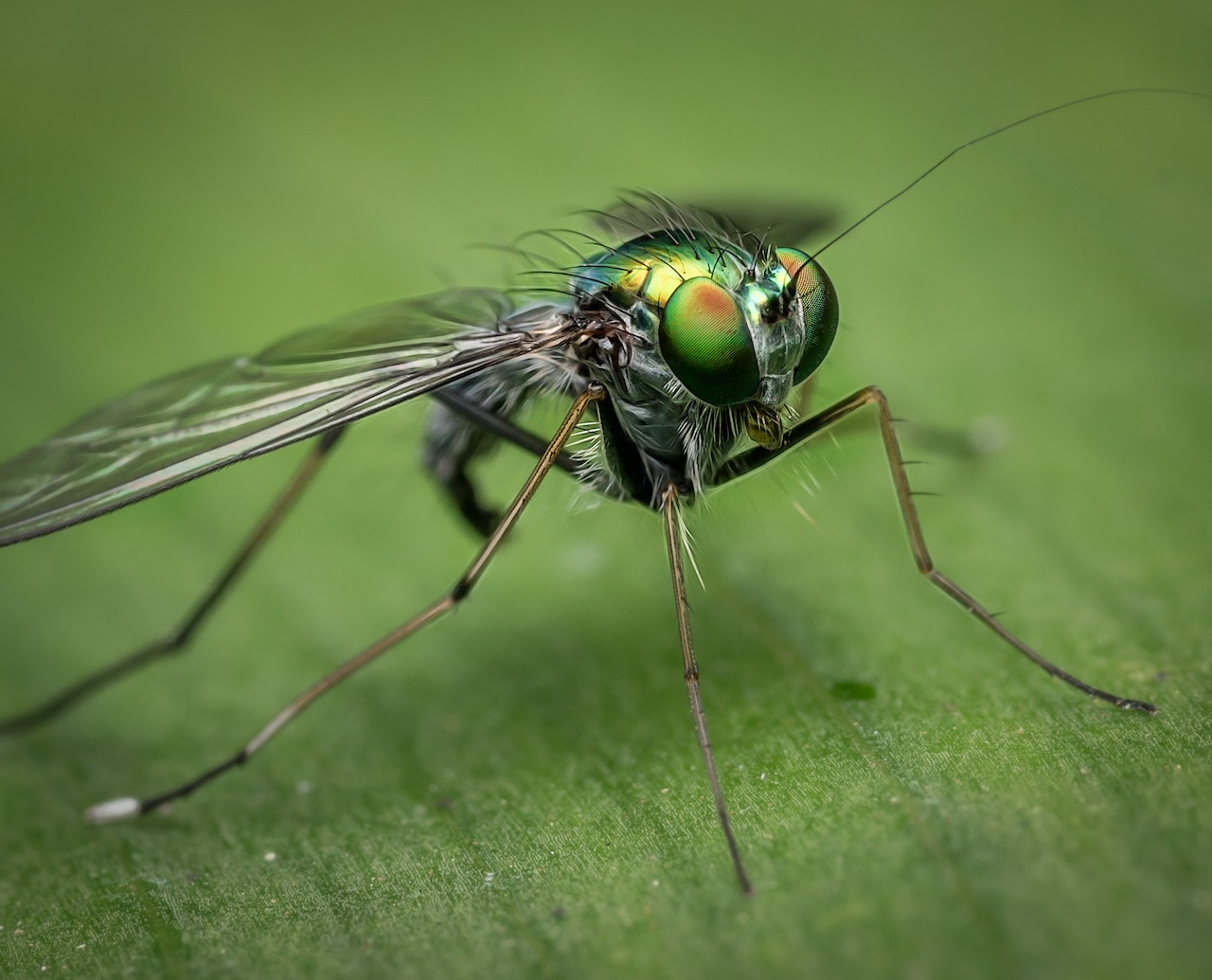How To Prevent Mosquito-borne Diseases in Preschool Establishments
With the high prevalence of mosquito diseases in many regions of the world, there is a pressing need to prioritize ways to prevent children in preschool facilities from being infected.
Kindergarten facilities are particularly vulnerable to the spread of mosquito-borne viruses due to the many kids present and the time spent together in one space.
This can be achieved through simple, informative talks, visual aids, and preschool activities or workshops. This article will outline how preschool establishments and facilities can prevent illnesses from affecting the learners under their care.
Understanding The Virus
Before we can successfully prevent pest-borne diseases in preschool centers, it is essential to understand what these illnesses are and how they are transmitted.
These illnesses are spread through the bite of an infected mosquito. The most common diseases include malaria, dengue fever, Zika virus, and West Nile virus.
These horrible infections are hazardous in little ones, as their immune systems are not yet fully developed, making them more vulnerable to infections.
Preventing the Breeding Of The Pests in The Facility
One of the most effective ways to prevent sicknesses in creches and nursery facilities is to prevent the breeding of mosquitoes in the first place. This can be achieved through several means, including:
– Clearing out stagnant water: These insects breed in stagnant water, so removing any standing water around the facility is essential. This includes emptying any buckets or containers that may have collected rainwater and ensuring that gutters and drains are clear of debris.
– Installing screens: The pests can quickly enter buildings through open windows or doors. Installing screens on windows and doors can help prevent insects from entering the facility and improve ventilation.
– Using insect nets: If the nursery is located in an area with a high risk of infection, providing these covers and nets for toddlers to sleep under can help protect them from insect bites.
- Using a mosquito misting system will clear the air and allow the insects to be repelled by the mist. This technique is safe and should be placed near the infected areas.

Education for Children and Teachers
If you’re trying to run the best preschool franchise or manage an exceptional nursery center, you need to focus on training and education.
Educating children and teachers about the dangers of these diseases and how to prevent them is crucial in preventing their spread.
This can be achieved through simple, informative talks, visual aids, and activities or workshops. Teaching them how to recognize the signs of illnesses like fever, rash, and muscle pain is essential.
Additionally, teaching youngsters and teachers about proper hygiene, like washing hands regularly and covering a cough or a sneeze, can help prevent the spread of infections.
Improving the Environment around the Preschool Facility
A healthy environment is a critical factor in keeping viruses at bay. Some steps that can be taken to improve the environment include:
– Drainage and Sanitation: Ensuring proper drainage, regularly clearing out gutters and drains, and keeping the surrounding streets and sidewalks clean without leaving anything exposed always reduce the spread of the pests.
– Community Awareness: The school can organize a community initiative on awareness and maintaining a clean and healthy environment. A more pristine surrounding would discourage breeding, thus reducing the chances of these illnesses.
Conclusion
In conclusion, preventing these infections in kindergartens and preschool services is achievable. Clearly outlining preventive measures to teachers, staff, and other stakeholders and implementing them can ensure their vulnerabilities stay low.
Insect repellents, safety nets, sanitation, and education are essential aspects that should be prioritized and expedited to achieve a healthy and sustainable environment for children.
We can create a safe and healthy establishment by prioritizing these measures and making them an integral part of the program. This is critical in ensuring the little ones receive the necessary care to grow and thrive.

